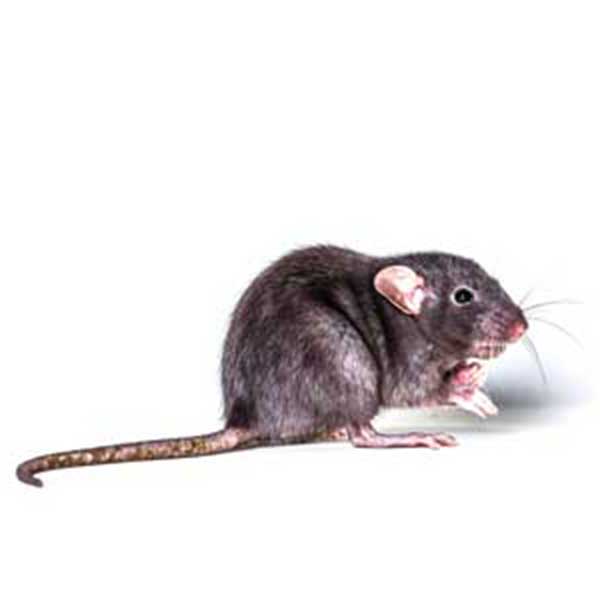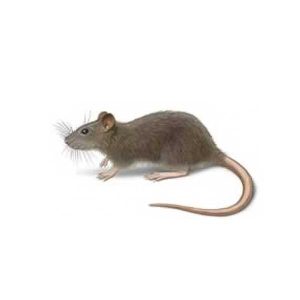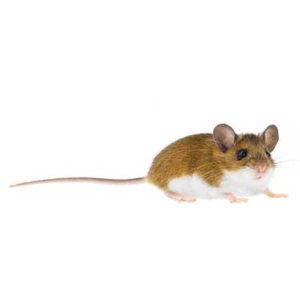Roof Rats in Georgia
In the United States, roof rats are a relatively serious pest problem. Roof rats are commensal rodents, living near and dependent upon the human habitat for survival. When these rodents infest homes, they can be found in attics, eaves, and roof lines. The most common identifying characteristic of roof rats is their tail. Roof rat tails are hairless and longer than the combined length of their head and body, whereas the tails of other rats are hairy and shorter than their head and body. Roof rats are fearless climbers as well, being able to survive a fall of up to fifty feet.
Roof Rat Habitat
Roof rats prefer aerial harborages like tree canopies, dense shrubs, and climbing vines. These rats have pads on their feet to facilitate better climbing of narrow vines and limbs, and their tail also assists to balance when climbing high up off the ground. Roof rats generally begin searching for food shortly after sunset, using trees, utility lines, and fences to gain access to attics, overhead garage storage, woodpiles, and other stored goods. These rats are nocturnal and scurrying sounds in the attic at night are often the first sign of a roof rat infestation in homes.
Roof Rat Behaviors, Threats, or Dangers
Salmonella, leptospirosis, and rat bite fever are among the dozens of diseases spread by roof rats. When foraging for food, roof rats contaminate food meant for humans, pets, and livestock. Roof rats are omnivores, eating both plants and animals, and are very fond of citrus fruit. They also favor pet food, pet feces, birdseed, meat and grease, infesting storage sheds, and barbecues. Besides spreading disease, roof rats may cause extensive damage when nesting in walls and attics. Chewed, exposed wires inside walls can spark, causing interior walls to catch fire. If you have a roof rat infestation in your Atlanta area property, always contact a licensed rodent control company.




